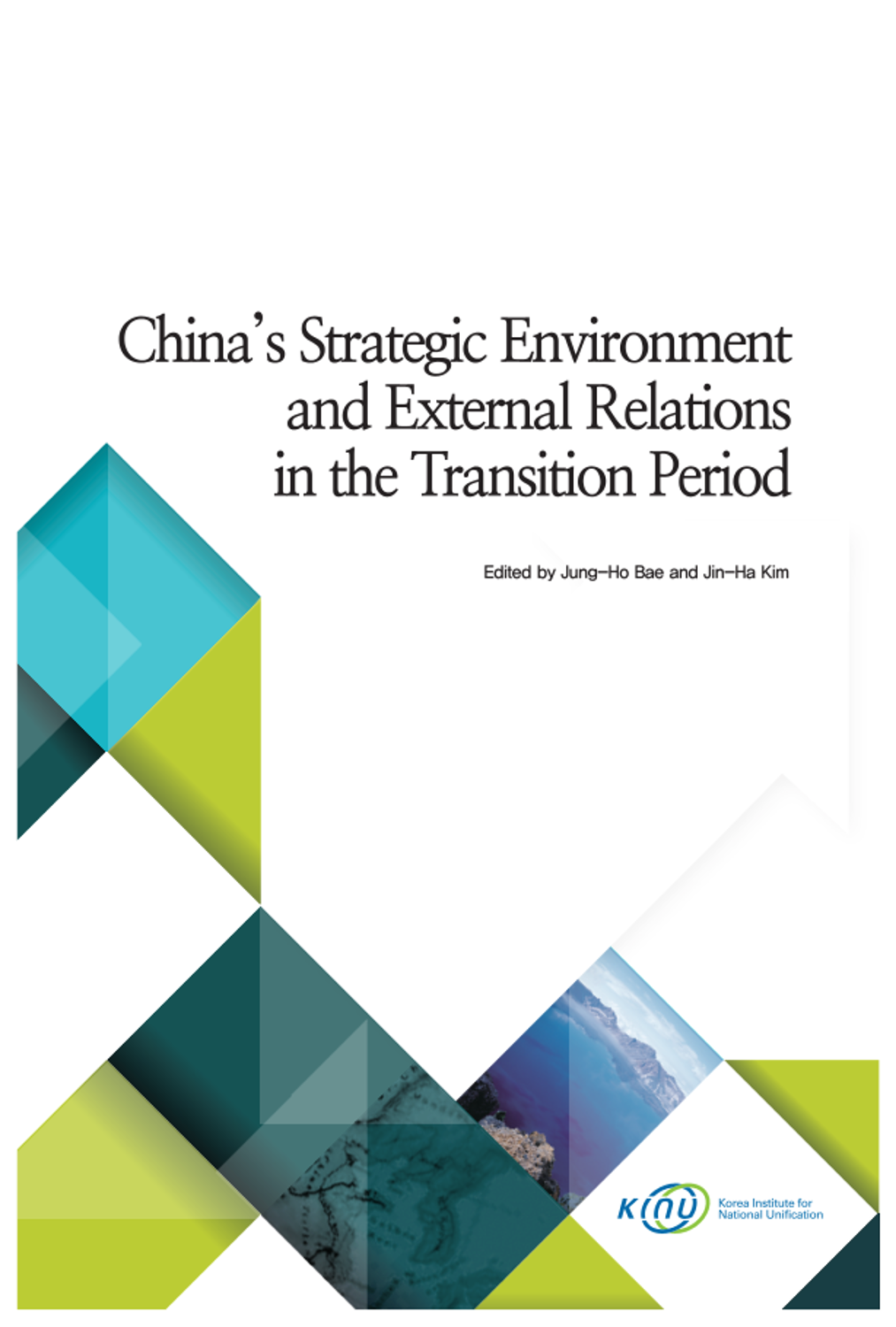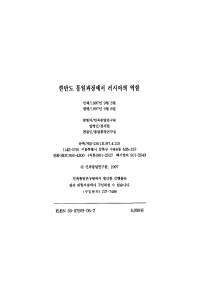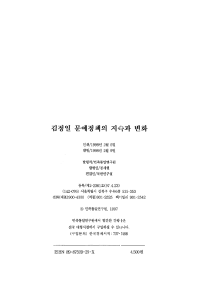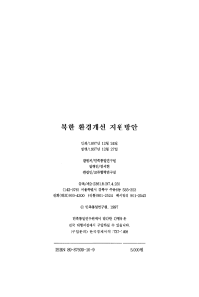
연구원발간물
China's Strategic Environment and External Relations in the Transition Period
- 발행사항
- 서울 : 통일연구원, 2014
- ISBN
- 9788984797888
- 청구기호
- 000 기타14-07
소장정보
| 위치 | 등록번호 | 청구기호 / 출력 | 상태 | 반납예정일 |
|---|---|---|---|---|
이용 가능 (2) | ||||
| 1자료실 | G0015474 | 대출가능 | - | |
| 1자료실 | G0015475 | 대출가능 | - | |
이용 가능 (2)
- 등록번호
- G0015474
- 상태/반납예정일
- 대출가능
- -
- 위치/청구기호(출력)
- 1자료실
- 등록번호
- G0015475
- 상태/반납예정일
- 대출가능
- -
- 위치/청구기호(출력)
- 1자료실
책 소개
In the 21st century, with China’s rise and the United States(U.S.)’ relative decline, the U.S.-China relationship together with strategic environment in Northeast Asia is changing. China is expanding its influence from Northeast Asia to Southeast Asia and Central Asia. As a result, China is forming a new type of ‘check and balance,’ and ‘cooperation and conflict’ with the U.S. in Southeast Asia and Russia in Central Asia. Such changes in China’s foreign relations policy and strategy as well as the strategic environment in Northeast Asia will have a higher possibility of influencing the unification on the Korean Peninsula. Therefore, it is necessary to precisely analyze the international situation surrounding the Korean Peninsula and to examine China’s foreign relations with countries in Northeast Asia, Central Asia and Southeast Asia. This research provides the analysis of China’s external relations policy in these three regions to understand the international circumstances surrounding the Korean Peninsula. The research aims to form the basis for the future unification diplomatic strategy.
목차
Abstract vii
Introduction 1
Part 1. Northeast Asia and China’s External Relations 17
Ⅰ. Xi Jinping Administration’s Policy towards Japan 19
Ⅱ. China-Russia Relations 49
Ⅲ. North Korea-China Relations at a Transition 75
Ⅳ. China-Taiwan Relations 115
Part 2. Central Asia and China’s External Relations 147
Ⅴ. China’s Policy towards Central Asia under the Xi Jinping Leadership 149
Ⅵ. Central Asian States’ Responses to China’s Expansion of Power 189
Part 3. Southeast Asia and China’s External Relations 245
Ⅶ. Cambodia’s Relations with China and the U.S.: Norms, Interests, and a Balancing Act 247
Ⅷ. Conflict Management and Peace Making in Myanmar: Effort and Its Effects 294
Ⅸ. Myanmar’s Reforms and Opening the New Chapter with ASEAN 342
Ⅹ. Learning from the Past: Vietnamese Foreign Policy in a Changing World 361
References 387
Recent Publications 411






